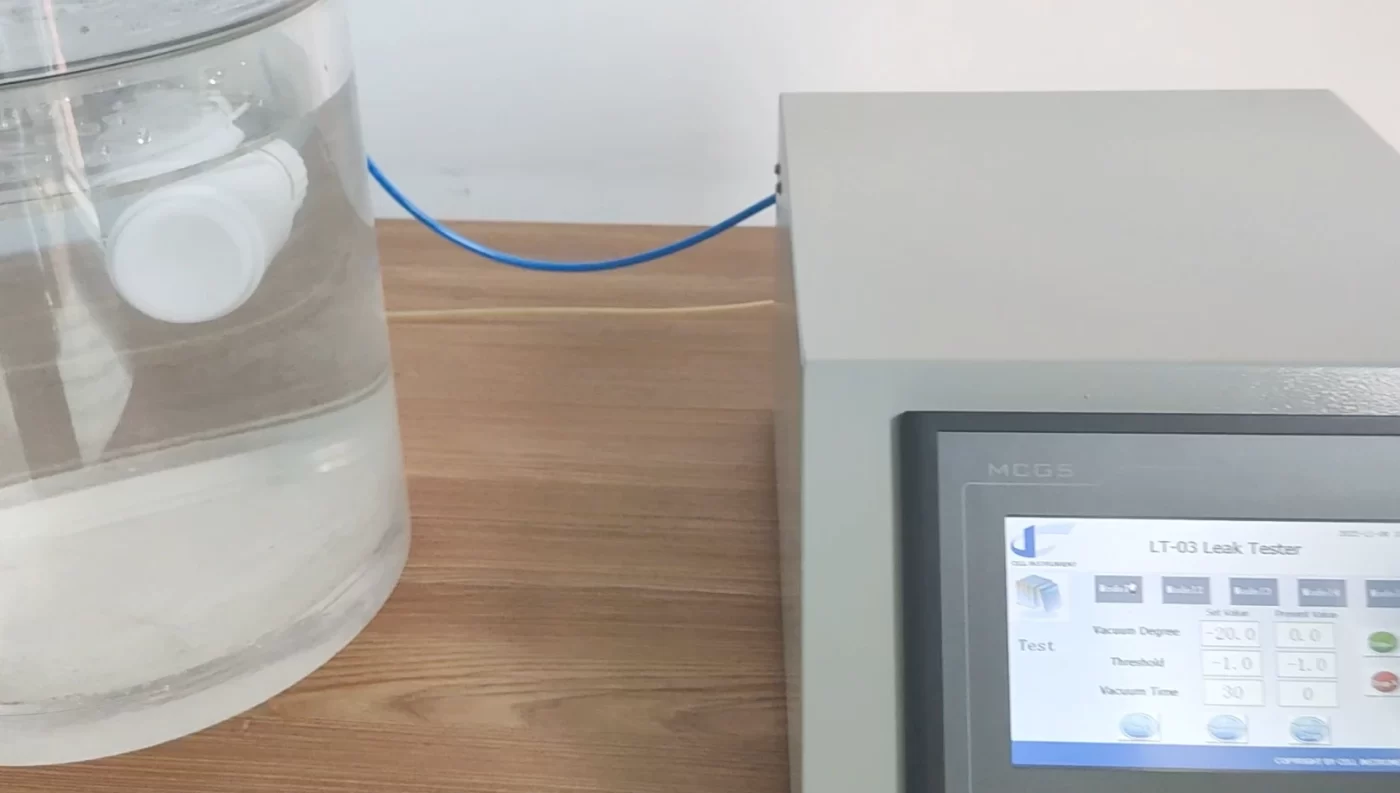LT-02 Leak Tester
The LT-02 Leak Tester is a high-performance, automatic vacuum testing solution specifically designed for detecting leaks in flexible packaging, particularly in applications where headspace gas is present. This equipment is commonly used in food, beverage, pharmaceutical, and other industries where packaging reliability is critical to maintaining product quality.




